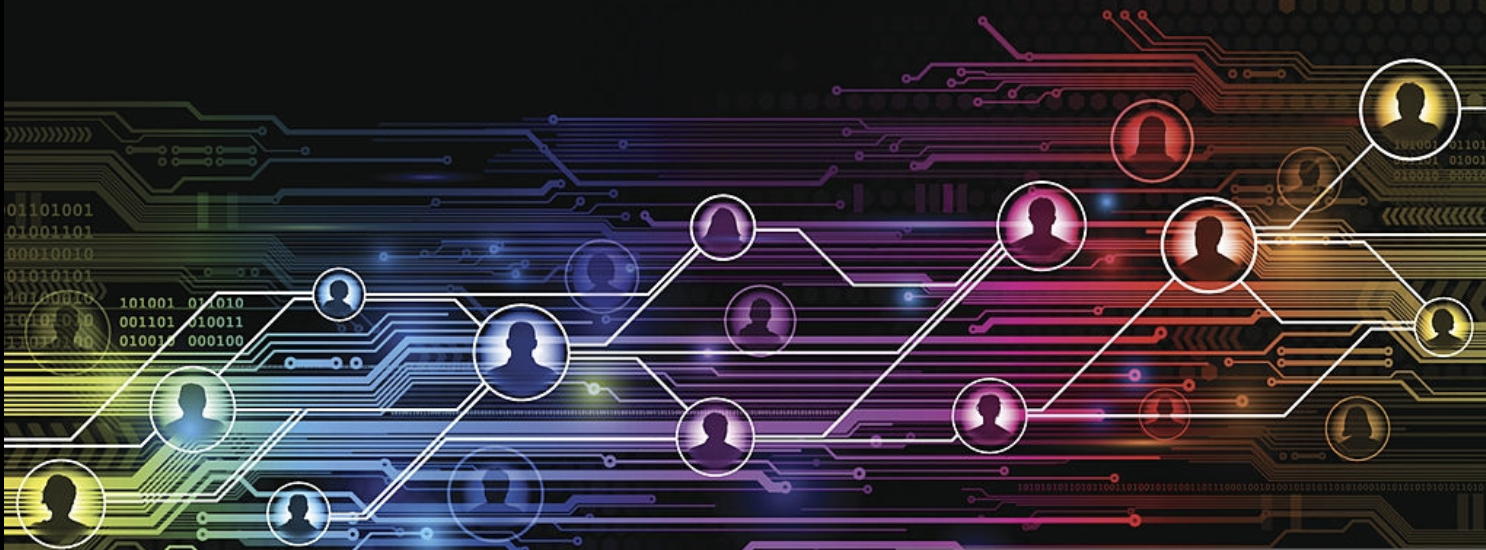Search posts by keywords:
Filter posts by author:
Related NEAT Reports
Other blog posts
posted on Nov 13, 2018 by NelsonHall Analyst

Automation marketplaces are swiftly becoming a standard offering for leading RPA and intelligent automation providers, and with good cause. Automation is coming of age in the era of the ‘appified’ technology space, one in which tech buyers increasingly expect best practices and new capabilities to be offered on an as-needed, storefront basis. Within the space of a single year, such marketplaces are well on their way to expected-offering status for top providers. Blue Prism’s entry into this space, the Blue Prism Digital Exchange (Blue Prism DX), is a compelling environment built on the principles of “value delivery and organization and curation of automation content by skill”.
The first of these – value delivery – is aligned with Blue Prism’s overall message of ‘democratization of technology,’ a strategy that prioritizes access to automation technology at the operational level. Placing technologies like machine learning, OCR, and analytics directly into the hands of the business can accelerate the speed of automation projects to deployment and fiscal return. Blue Prism is also providing Blue Prism DX contributors with multiple informational content slots on their content upload pages to offer prospective content users video and text guidance on usage and deployment. The Forum area of Blue Prism DX also offers users peer-to-peer content sharing with respect to best practices in deploying Exchange capabilities and automations.
The second – organization by skill –categorizes the Blue Prism DX automation marketplace in the same way as the company’s existing training and automation thinking along the lines of six discrete skills: knowledge and insight, visual perception, learning, planning and sequencing, problem-solving, and collaboration. By organizing the Blue Prism DX along these same lines, Blue Prism is encouraging users to begin thinking of automation problems as collections of tasks in these areas, and – Blue Prism hopes – curating their own capabilities using these same categories.
Blue Prism DX visually looks similar to competing automation app stores, and perhaps that’s a sound decision given that many organizations have begun utilizing two or more automation vendors to address increasingly diverse challenges. The store does offer considerable detail on component authorship, supported Blue Prism releases (as not all will immediately be 6.4-capable), and dependencies.
Where Blue Prism has worked to differentiate its offering is very much ‘under the hood.’ The company has done considerable work in ‘wrapping’ third-party capabilities – like Microsoft Vision – in interface components that ease the process of integrating those capabilities directly into automation script. In the demonstration provided, the Blue Prism-customized Microsoft Vision block made the process of image analysis straightforward, with traditional UI components used to make the process of managing a complex task simple for the user.
At launch, Blue Prism DX contains a broad variety of assets, ranging from comprehensive task automation code (Avanade offers an entire intelligent help desk application that includes Blue Prism and Microsoft Cognitive Services software in a single package) to particulate technology components, such as connectors for ABBYY’s FlexiCapture and Cogito’s text analytics offering. Blue Prism has cast a wide net for Blue Prism DX content and intends to curate solutions of both types – and points between – as the content library expands. In doing so, Blue Prism offers filtering options for asset type (VBO/WebAPI/Solution) and industry relevance to assist users in finding the type of content best suited to their needs.
At the moment, Blue Prism has no near-term plans to monetize Blue Prism DX, but the environment is built on a platform capable of monetization, and contributors are free to charge for their content. At launch, Blue Prism expected the content on Blue Prism DX to be approximately 60/40 internally developed content to partner content but sees that evolving as more partners become involved in contributing automation capabilities and code.
On the roadmap for Blue Prism’s Digital Exchange offering are a number of improvements, including new tools for simplifying the collaboration process between human and digital workers, interactive user communities, and expansion of the ecosystem with a broader array of technological capability contributors. Blue Prism DX aims to be the first stop for clients seeking to complete existing automation projects, launch new ones, and keep pace with best practices in the automation technology sector.
